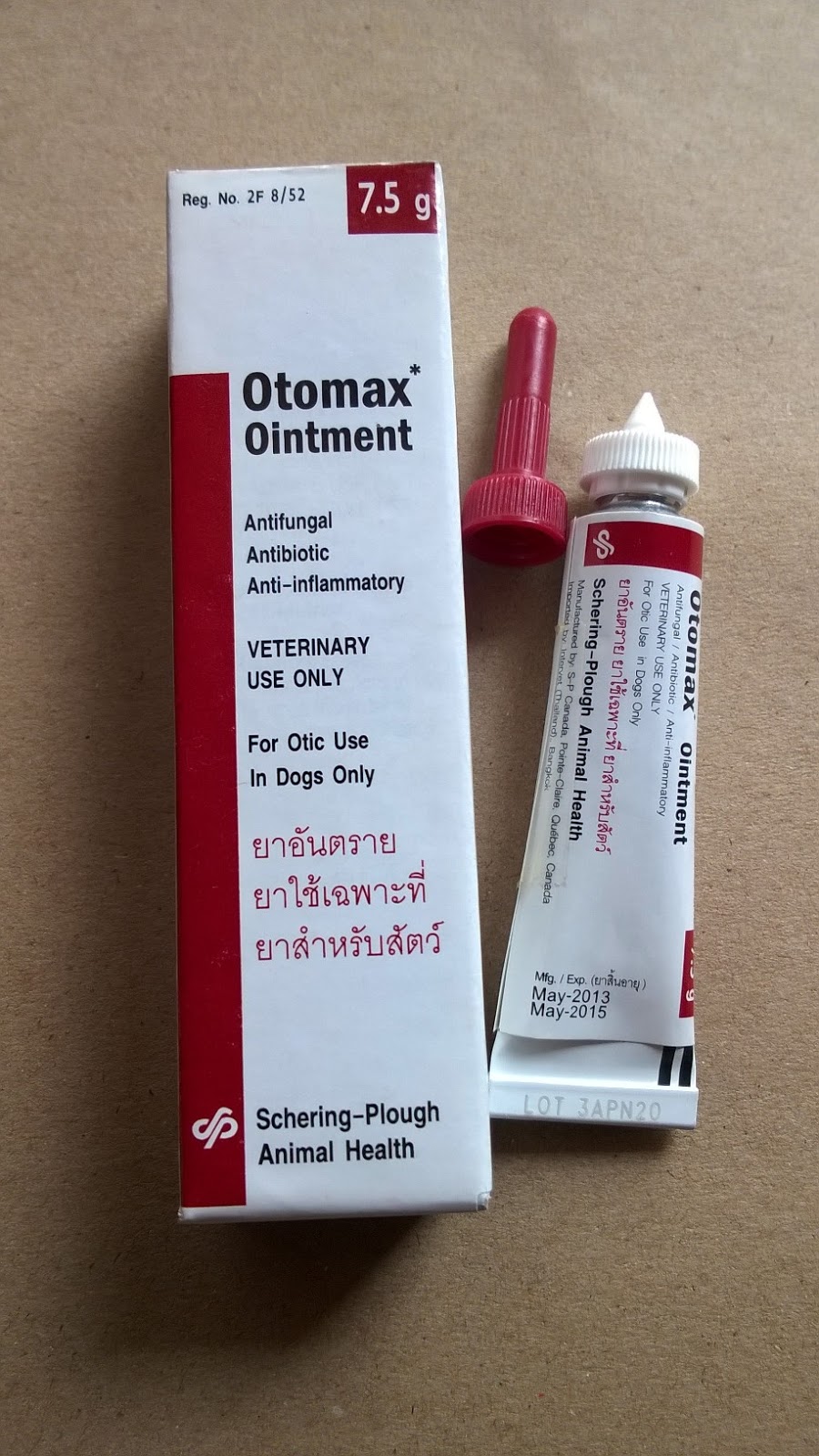

The clinical signs of otitis can vary depending on the severity of the inflammation, but can include the following: Some pets with this condition may even try to bite people who try to touch their ears or head (including their owners).

Allergies (food allergy or inhalant allergy).Many conditions can predispose a pet to developing an ear infection, including the following: Ear infections in dogs and cats are most often the result of an underlying problem. Deep infections can lead to deafness and other complications.Īny pet can develop otitis regardless of ear shape, exposure to water (swimming), or the amount of hair inside the ear canal. In some cases, ear infections that start in the outer ear canal can progress to involve the middle ear and inner ear. The overgrowth of these organisms causes more inflammation and other unhealthy changes inside the ear. Inflammation of the canal leads to the overgrowth of normal bacteria and yeast that live in the ear other “opportunistic” bacteria can also take advantage of the inflammation and unhealthy environment inside the ear to establish infection.

Once inflammation is present, discharge, redness, and other characteristics of an ear infection become established. Ear infections generally begin as inflammation of the skin inside the outer ear canal (the tube-shaped part of the ear visible under the ear flap).

The medical term for an ear infection is otitis. It is best to give all medications as directed for the full course of treatment, even if the ears look better right away.


 0 kommentar(er)
0 kommentar(er)
